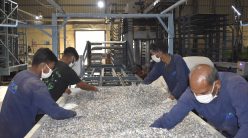A peek into the challenges of working in the wild
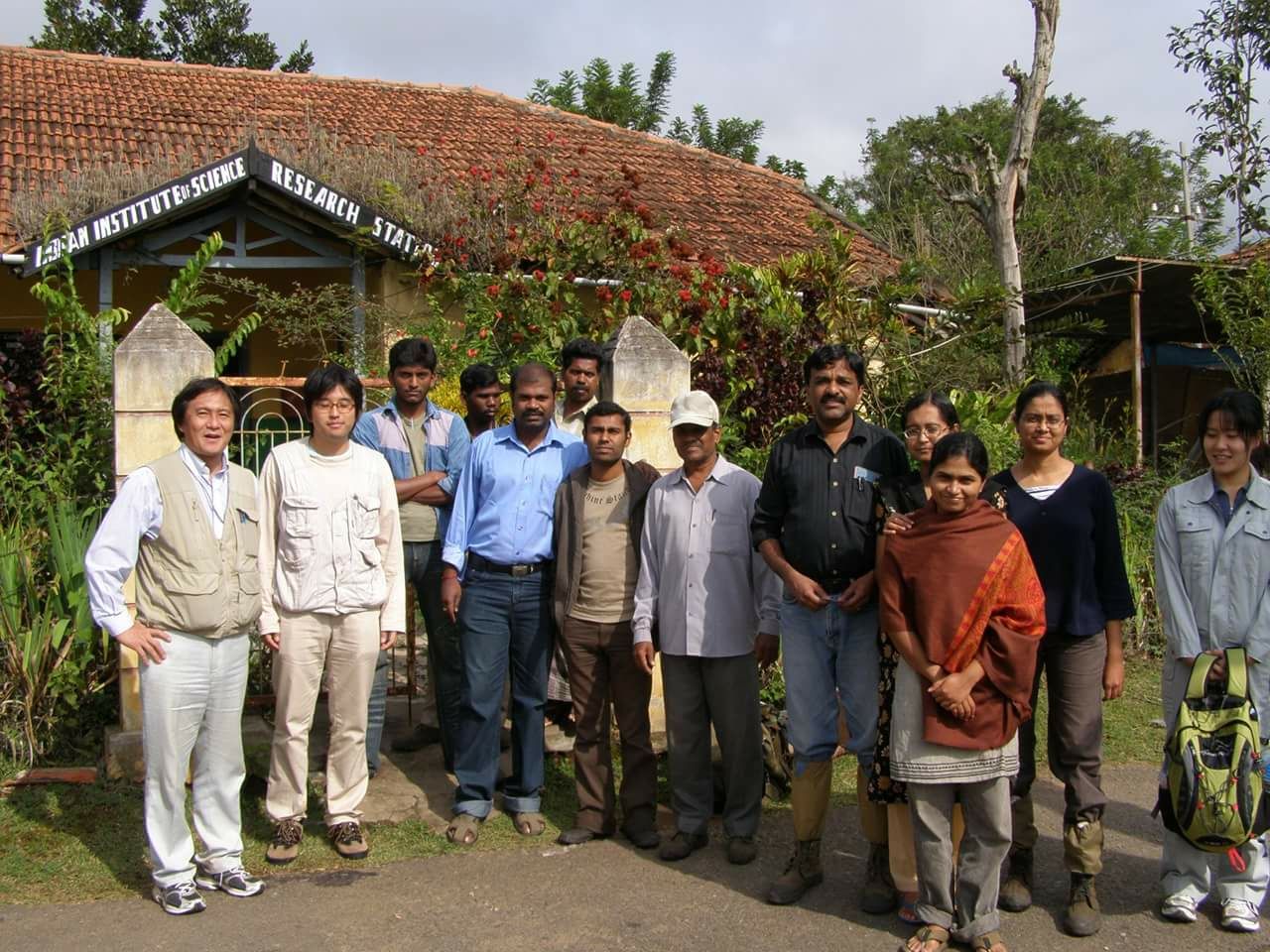
“Field stations are absolutely crucial to the success of ecological research,” says Professor Rohini Balakrishnan, head of the Centre for Ecological Sciences (CES). They form so vital a part of ecologists’ work that Kartik Shanker, Associate Professor at CES, says they’ve “internalised it”. “They are just so much a part of our lives that it’s really hard for any of us to construct answers to questions like, ‘What do field stations mean to you?’” he says. “It’s like asking, ‘What do bathrooms mean to you?’”
“They are just so much a part of our lives that it’s really hard for any of us to construct answers to questions like, ‘What do field stations mean to you?’” he says. “It’s like asking, ‘What do bathrooms mean to you?’”
At their most basic, field stations provide ecologists with a base to which they can return for food and boarding while gathering data in the wild. But they can serve different functions for different kinds of field biologists. For biogeographers answering broader questions about the distribution and evolution of species, field stations may serve as refuges for brief periods of time as their work involves being constantly on the move to collect samples over vast areas. On the other hand, for behavioural ecologists who spend long periods of time – weeks, months, or even years – anchored in a particular area to observe the species they’re studying, they can be a second home.
Field stations vary widely in size and purpose: they can be set up for short-term projects or long-term ones, with full-time or part-time staff, have minimal facilities limited to providing food and shelter or be equipped with more such as Internet, transport and skilled local trackers and field assistants. They can be as large as a cluster of buildings in the forests of Mudumalai acquired on lease over decades or as tiny as a hut on the outskirts of a Nicobari village, hired for just a week.
During a discussion at his cabin, SP Vijayakumar, a biogeographer and postdoc at CES, leans over to a low cupboard and pulls out his field diaries, some from over 15 years ago, containing neat, meticulously recorded information. They hold clues to the kind of work he does as well as the role of field stations in it: they have maps that he had drawn for himself, sizes and weights of different frog specimens, their colours and patterns, geographical coordinates from which these specimens were collected, and other observations.
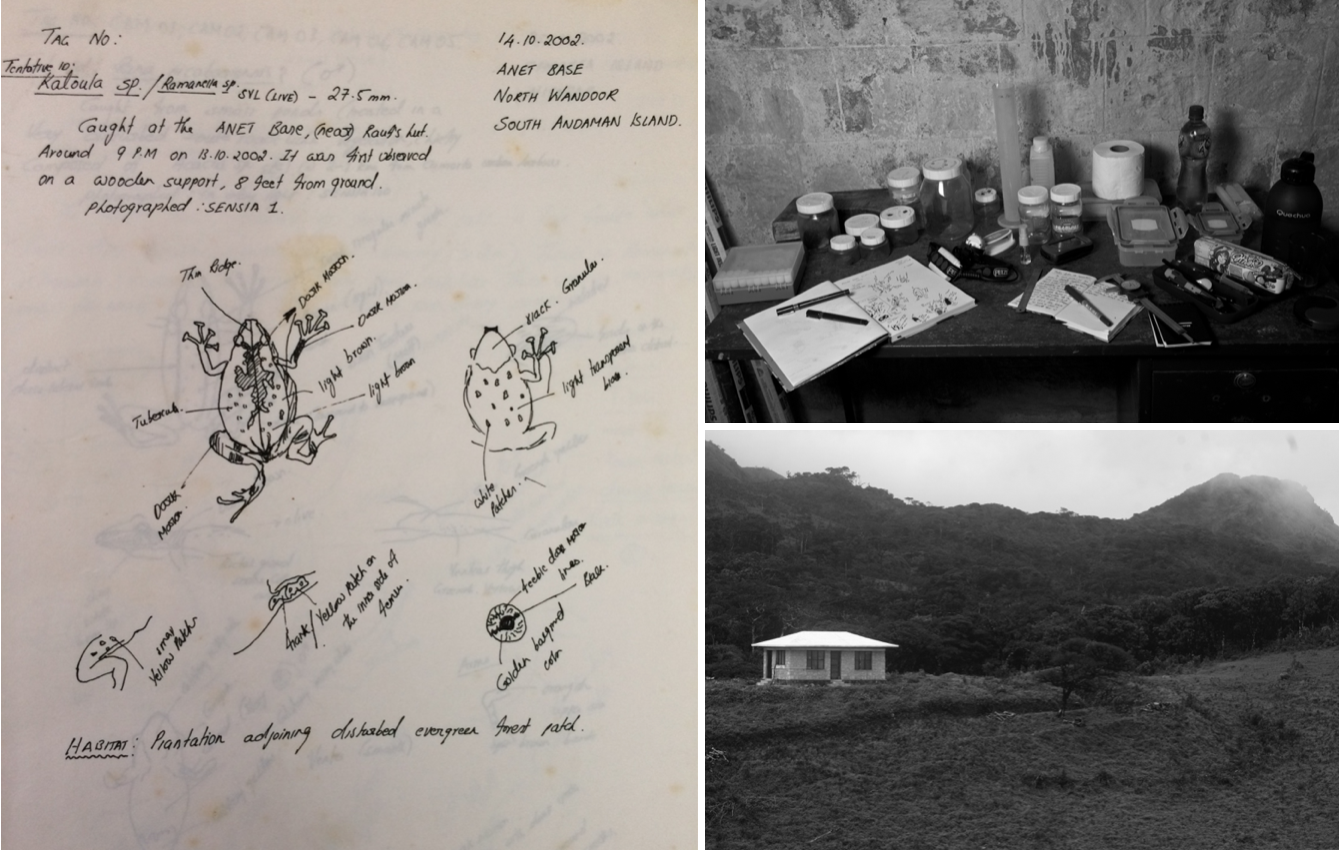
Vijayakumar’s fieldwork typically involves moving from one location to another in quick succession in order to collect a wide range of samples, and his definition of a field station is a somewhat loose one – he considers even temporary shelters or huts in which he’s spent a night or two his field stations. They’re where he retreats to immediately after gathering data to process his samples. That usually means photographing and euthanising the animals, freezing them in time by ‘fixing’ them in formaldehyde, storing them in alcohol and taking copious notes before moving on in search of more data.
But not all ecologists need a field station in order to carry out their fieldwork: Bharti Dharapuram, a student at Shanker’s lab, collects samples of intertidal marine snails from different places along India’s coastline. “I take the department vehicle and drive down the coast, stopping at mangroves and rocky beaches to collect samples and staying over at hotels,” she says. Unlike many other biogeographers sampling in forests who often have to spend several days in a location and usually stay at Forest Department guest houses, she says, her work involves sampling at multiple locations while travelling large distances within the same day.
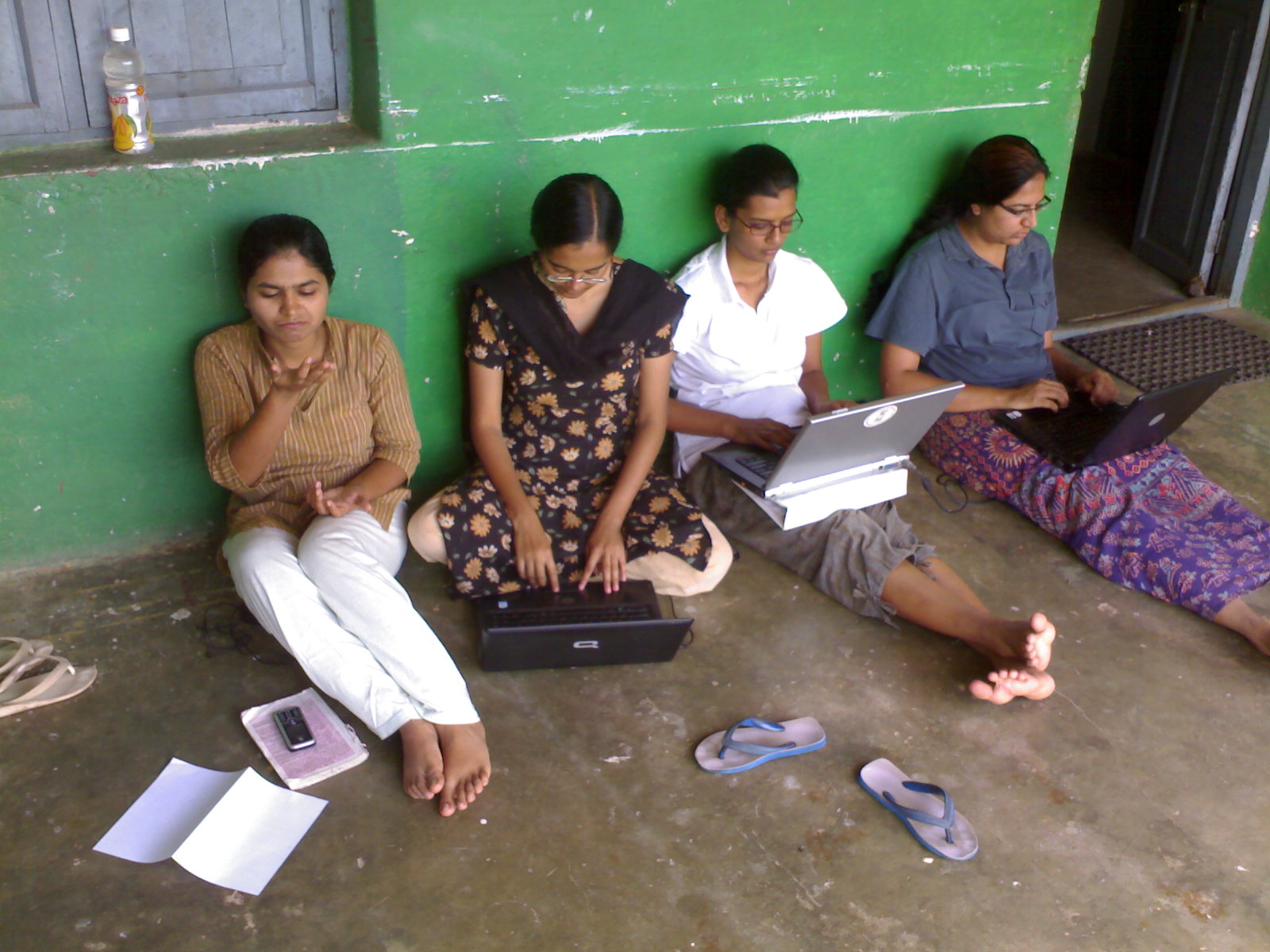
Fieldwork, warts and all
Field stations are vital because for many scientists, they facilitate fieldwork, which comes with a rather long and complicated list of challenges. Take for instance the research done by Aswathy Nair, a fourth-year PhD student who studies behaviour in a species of katydids (of the same order as crickets and grasshoppers) in people’s backyards in a village called Kadari near Kudremukh National Park. As the katydids live only for a few months in a year, Nair’s field season is only from January until around May, leaving her with little time for field research.
Added to that are the complications of working in an open environment, subject to changes and interruptions that are impossible to control. Tracking an individual to gather data is a tricky business when you consider that within the short window available, the species Nair studies calls less frequently during the full moon phase, can be eaten by predators, or the area in which she works may be affected by human activity. Amidst the stress of gathering data in the field, having a smoothly running field station to stay at can reduce the burden on scientists, allowing them to focus on their work.
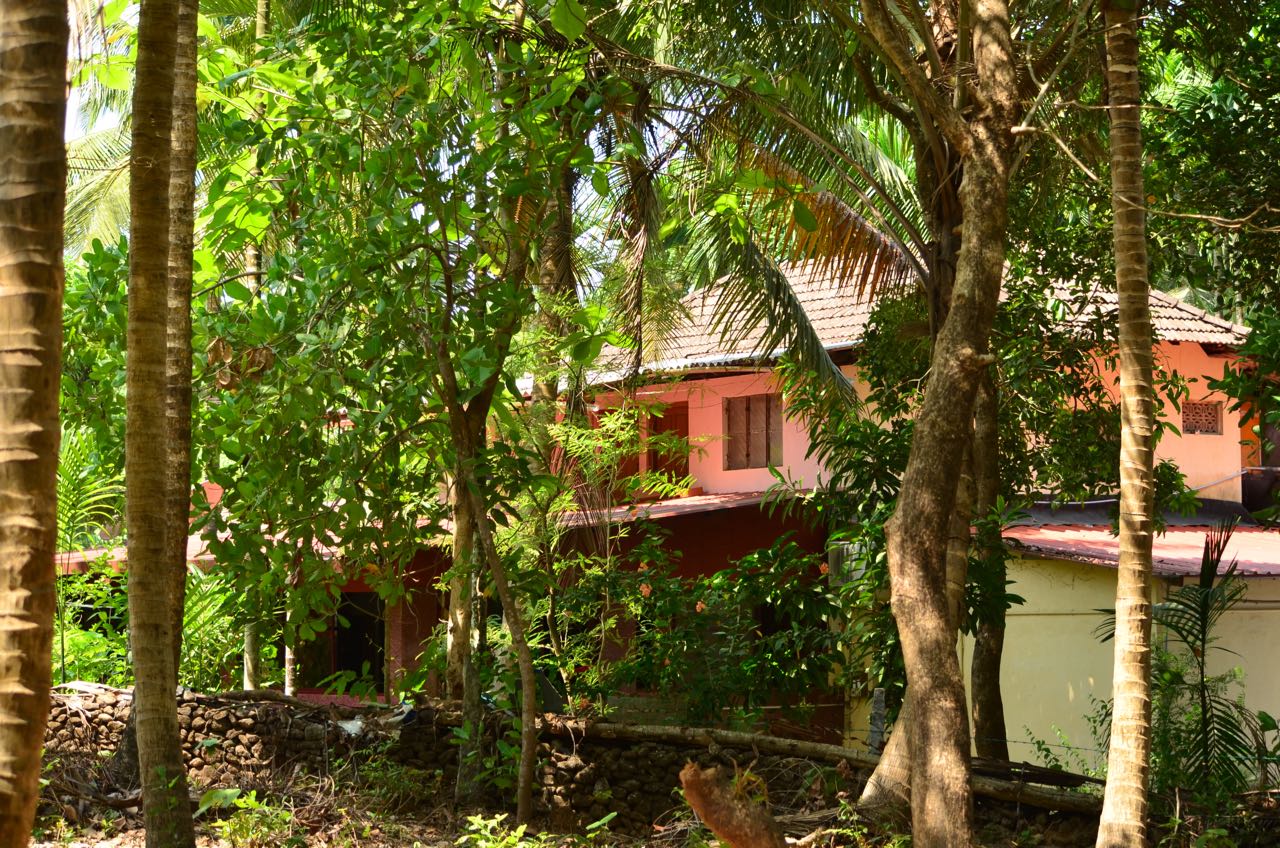
Field stations, which Balakrishnan describes as “minefields to navigate” because they involve so many elements over which a scientist can have no control, including managing additional (often locally employed) staff for the upkeep of the station, can also be a prism for the socio-political pressures under which fieldwork is carried out. “In India it is culturally not very acceptable to pitch a tent and camp for fieldwork,” Balakrishnan points out. “And in forest reserves it is not allowed. A better option is to rent a house and be part of the local social system, though it’s a very big challenge: you are an outsider inflicting a level of intrusion into spaces that belong to other people. It is very important to have at least acceptance, if not support, from the local community and the police.”
“[Y]ou are an outsider inflicting a level of intrusion into spaces that belong to other people. It is very important to have at least acceptance, if not support, from the local community and the police.”
Local conditions can directly affect an ecologist’s work: political turmoil in a region can cut off access to field sites, holding up research. As researchers at CES will attest, even with the necessary permits in place, there’s always the possibility of running into trouble with police and Forest Department officials. Or depending on which part of the country you’re in (especially if you’re driving a Department vehicle with a “Govt of India” sticker on it), Naxals. Local suspicion towards researchers can also lead to scary scenarios: Nair recounts how a fellow student working at Kudremukh was once accused of stealing a family’s chickens as his field site was near their home. That’s on the milder side – in 2009, Aniruddha Datta-Roy, then a PhD student at CES, and a fellow researcher had a terrifying ordeal in which they were confronted by a group of men with swords and knives near Fatehpur in Rajasthan. The men threatened to kill them, believing they were involved in kidnapping goats from their village.
Politics and society aside, working outdoors comes with its own dangers. In 2004, at the sea turtle monitoring camp in Galathea in Great Nicobar, several researchers working on the beach were killed in the tsunami. Vijayakumar says solemnly that research in the Western Ghats involves risking one’s life, though danger in the field is widespread – “It can be something as small as a mosquito in the islands or an elephant on the mainland.” But he laughs about how he woke up one morning while on an expedition to find three snakes snuggling with him in his sleeping bag, and was relieved to see they weren’t kraits, which can be deadly.

Ravi Jambhekar, a student at CES who studies butterflies, giggles as he talks about an incident that occurred some years ago while he worked in the Andamans on a lonely task doing research for the Zoological Survey of India. He rented paying guest accommodation in Port Blair that doubled up as his field station, where he contracted chikungunya during an outbreak in his neighbourhood. After a few days of high fever, he woke up a few times in the middle of the night to a shaking bed. He began to believe there were spirits in the room (local stories about the Andamans being a place of ghosts had perhaps taken hold of his fevered mind).
Hours later, waking at dawn, Jambhekar found he couldn’t sit up: there seemed to be “some wood” in his way. By then, he was certain he had died and been buried in a coffin, and wondered what to do next. It took several more minutes before he realised he was, in fact, still alive, and had simply rolled off and under his bed. Eventually, he learned there had been an earthquake that night. He says it was after that solitary stint in Port Blair that he realised how important human interaction can be while out in the field.
[H]e was certain he had died and been buried in a coffin, and wondered what to do next.
“It’s not that we’re completely alone,” says Samira Agnihotri, a postdoc at NIAS and former IISc student who studies birdsong in the region around BR Hills in Karnataka. She points out that at her field station, there are field assistants, local residents and staff to interact with, and seems grateful for the opportunity that her work gives her to build friendships outside the confines of her own economic class and urban background.
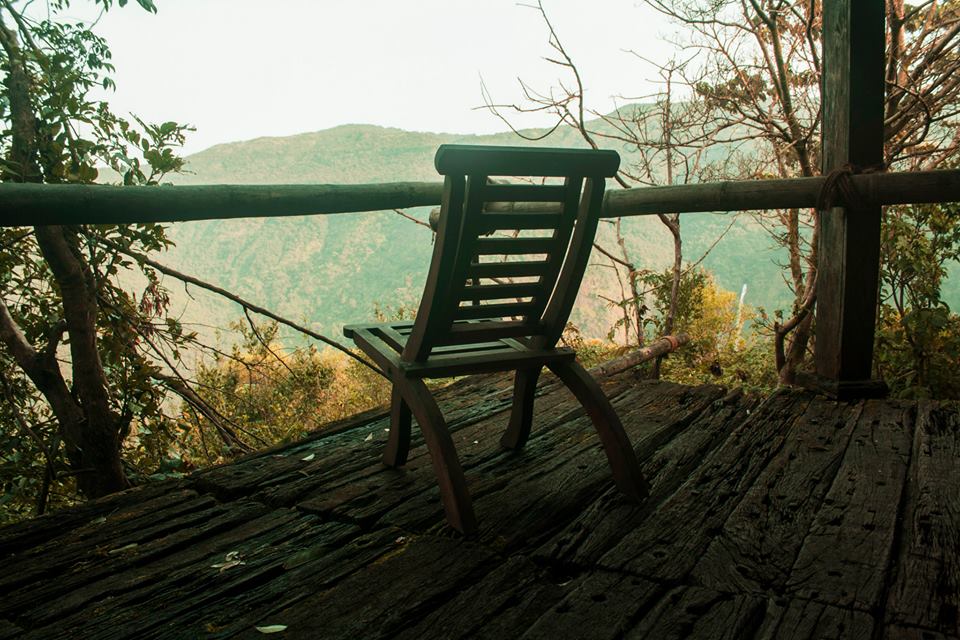
Despite the challenges that staying at or managing a field station presents, Balakrishnan is quick to add that she would still pick it any day over being confined to a lab. “I send all students, even if they are going to be doing largely lab work, for at least one stint in the field,” she says. “We are in ivory towers. But socio-politico-economic pressures are the conditions under which you have to manage to carry out your work. You still have to uphold the high standards of your science – you need to have sufficient sample sizes, be rigorous about data, and need to follow all the rules of ethics. For me, the field stations are very important in actually understanding how to negotiate your way through life, in addition to science.”
“Socio-politico-economic pressures are the conditions under which you have to manage to carry out your work”
CES and Indian field stations
CES has six permanent field stations: in Masinagudi, near Tamil Nadu’s Mudumalai forest, set up by Professor Raman Sukumar and in Kumta, Karnataka set up by Dr TV Ramachandra, both around three decades old; in Kadari near Kudremukh National Park, set up by Balakrishnan in the 90s; in Bhimashankar, Maharashtra run by Professor Renee M Borges, and in Lakshadweep and Rushikulya in Orissa, run in collaboration with Dakshin Foundation (of which Shanker is a founder trustee).
In 1975, even before CES was set up, its founder-Chairperson Madhav Gadgil ran a field station in Dandeli, which in 1980 shifted to Sirsi, Karnataka. At the time, only one other field station was being run by IISc (one at Bandipur Tiger Reserve from 1974-79, under what was then the Centre for Theoretical Studies, where Gadgil worked). “The only other institution in India seriously involved in setting up field stations was the Bombay Natural History Society,” says Gadgil. The Sirsi station changed hands when Gadgil retired in 2004, and has recently closed. But CES has played a large role in setting up field stations in India, and with recent developments, this is set to expand significantly.
The first field station to be set up in India with the aim of supporting research by the broader community was the Andaman and Nicobar Environment Team (ANET). It was founded by herpetologist Romulus Whitaker’s Madras Crocodile Bank Trust in the early 1990s. In 2005, Whitaker set up the Agumbe Rainforest Research Station on the same model. Most Indian field stations are set up to further the work of individuals, a group of researchers, or that of a particular institution, says Shanker. Only a few attempt a broader approach like ANET but achieve this on a smaller scale, he says.
In December 2015 at the climate change conference CoP21 in Paris, the Indian Ministry of Environment and Forests announced a new programme called Indian Long Term Ecological Observatories (I-LTEO). These observatories are meant to be set up to study the effects of climate change in eight biomes across the country, for which Rs 40 crore has been set aside. Importantly, CES will host the coordinate cell for this programme. “[CES] will ensure that the various projects being carried out by multi-disciplinary research groups across the eight sites are synergised. It is expected to host the central database and provide scientific guidance to groups for cross-theme analyses where needed,” says Sukumar. “The LTEO project is an opportunity to build regional capacity for ecological research and for the younger generation of ecologists in the country to be assured of long-term support.”
